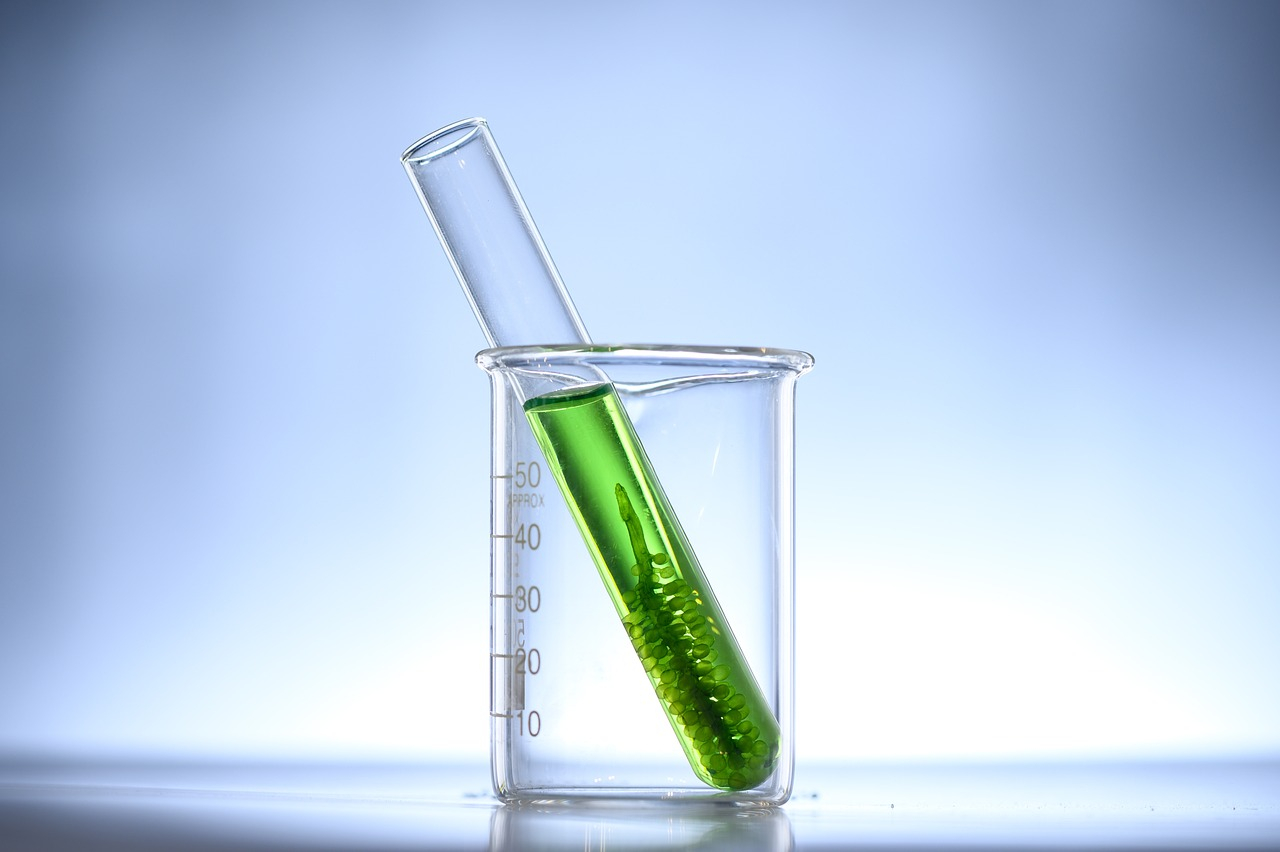The process of introducing chloroplasts into cells
Chloroplasts derived from the primitive algae Cyanidioschyzon were transplanted into Chinese hamster ovary (CHO) cells, a widely used cell line in research. Previously, it was believed that animal cells could not accept chloroplasts, as they identify them as foreign bodies and digest them. However, a team led by Professor Yukihiro Matsunaga from the University of Tokyo developed a method to introduce chloroplasts using phagocytosis—a process where cells engulf and process foreign substances.
Functionality of chloroplasts in animal cells
Using fluorescence and super-resolution microscopy, scientists observed that chloroplasts placed in the cytoplasm of CHO cells maintained their structure and normal photosynthetic activity for at least two days. Measurements of photosynthetic activity confirmed that electron transport, crucial for generating chemical energy, functioned correctly during this period. However, after four days, the structure of the chloroplasts’ thylakoid membranes began to break down, resulting in decreased activity.
Potential applications in tissue engineering
This discovery has the potential to address challenges associated with limited growth of artificial tissues in low-oxygen environments. Incorporating chloroplast-containing cells could provide oxygen to tissues and promote their growth through light exposure. This approach could be particularly useful in developing artificial organs, meat, or multilayered skin sheets.
Next steps in research
To fully harness the potential of this breakthrough, it is essential to develop technology that allows chloroplasts to maintain photosynthetic activity for longer periods in animal cells. Scientists also plan to measure the amount of oxygen produced and carbon dioxide fixed using isotope labeling techniques. The ultimate goal is to create "planimal cells"—hybrid cells combining plant and animal characteristics.
If successful, this innovation could lead to breakthroughs in medicine, food production, and energy generation. This discovery paves the way for new biotechnological applications that could transform the future of various fields.
Source: Wired





